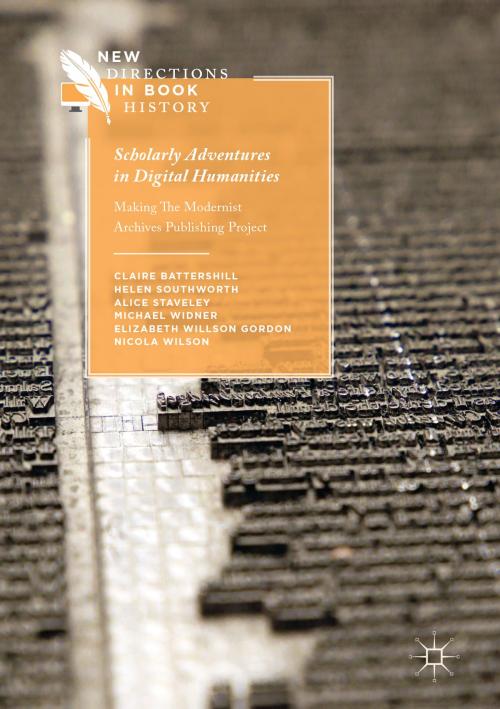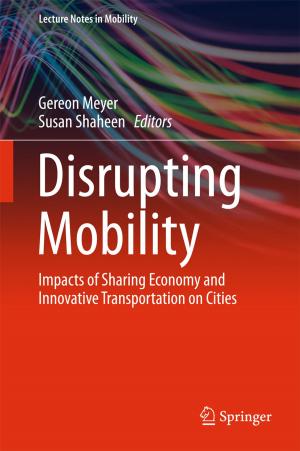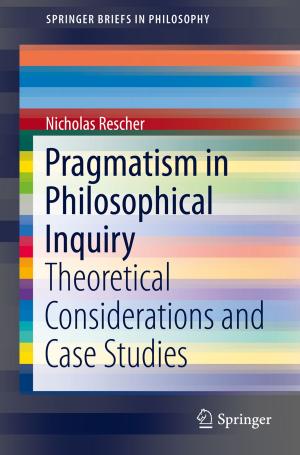Scholarly Adventures in Digital Humanities
Making The Modernist Archives Publishing Project
Nonfiction, Reference & Language, Language Arts, Library & Information Services, Fiction & Literature, Literary Theory & Criticism, Theory| Author: | Claire Battershill, Helen Southworth, Alice Staveley, Michael Widner, Elizabeth Willson Gordon, Nicola Wilson | ISBN: | 9783319472119 |
| Publisher: | Springer International Publishing | Publication: | May 17, 2017 |
| Imprint: | Palgrave Macmillan | Language: | English |
| Author: | Claire Battershill, Helen Southworth, Alice Staveley, Michael Widner, Elizabeth Willson Gordon, Nicola Wilson |
| ISBN: | 9783319472119 |
| Publisher: | Springer International Publishing |
| Publication: | May 17, 2017 |
| Imprint: | Palgrave Macmillan |
| Language: | English |
This book addresses the gap between print and digital scholarly approaches by combining both praxis and theory in a case study of a new international collaborative digital project, the Modernist Archives Publishing Project (MAPP). MAPP is an international collaborative digital project, funded by the Social Sciences and Humanities Research Council of Canada, that uses digital tools to showcase archival traces of twentieth-century publishing. The twenty-first century has witnessed, and is living through, some of the most dynamic changes ever experienced in the publishing industry, arguably altering our very understanding of what it means to read a book. This book brings to both general readers and scholarly researchers a new way of accessing, and thereby assessing, the historical meanings of change within the twentieth-century publication industry by building a resource which organises, interacts with, and uses historical information about book culture to narrate the continuities and discontinuities in reading and publishing over the last century.
This book addresses the gap between print and digital scholarly approaches by combining both praxis and theory in a case study of a new international collaborative digital project, the Modernist Archives Publishing Project (MAPP). MAPP is an international collaborative digital project, funded by the Social Sciences and Humanities Research Council of Canada, that uses digital tools to showcase archival traces of twentieth-century publishing. The twenty-first century has witnessed, and is living through, some of the most dynamic changes ever experienced in the publishing industry, arguably altering our very understanding of what it means to read a book. This book brings to both general readers and scholarly researchers a new way of accessing, and thereby assessing, the historical meanings of change within the twentieth-century publication industry by building a resource which organises, interacts with, and uses historical information about book culture to narrate the continuities and discontinuities in reading and publishing over the last century.















